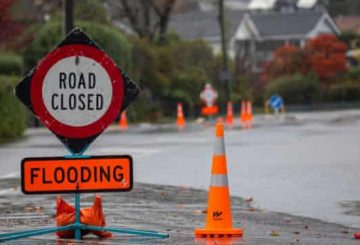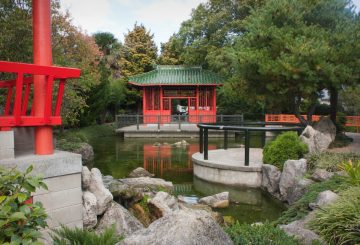Nymbl của ACC, một ứng dụng sức mạnh và sự cân bằng dành cho người lớn tuổi, đã kỷ niệm một năm thành lập. Trong năm qua, hơn 33.000 người New Zealand lớn tuổi đã tải xuống ứng dụng miễn phí, giúp họ đứng vững và duy trì sự tự tin.
Nymbl được thiết kế để giúp người lớn tuổi kiểm tra, duy trì và cải thiện sự cân bằng của họ. “Ngã có thể ảnh hưởng rất lớn đến chất lượng cuộc sống của một người, đặc biệt nếu chúng dẫn đến gãy xương. Chúng tôi đặt mục tiêu ngăn ngừa té ngã xảy ra ngay từ đầu”, James Whitaker, người đứng đầu chương trình phòng ngừa chấn thương của ACC cho biết.
Ứng dụng này, được ra mắt vào tháng 4 năm ngoái, là một phần của chương trình Live Stronger for Longer của ACC, nhằm ngăn ngừa té ngã và gãy xương. Nymbl kết hợp các chuyển động cơ thể đơn giản với các trò chơi trí não dễ dàng, như câu đố, để thách thức cả tâm trí và cơ thể. Cách tiếp cận tác vụ kép này đã được khoa học chứng minh là cải thiện sự cân bằng nhanh hơn so với chỉ tập thể dục.
Ngã là nguyên nhân gây thương tích phổ biến nhất ở New Zealand, chiếm 39% tổng số yêu cầu bồi thường của ACC. Các chấn thương nghiêm trọng nhất do té ngã là gãy xương và chấn thương đầu. Ngã trở nên thường xuyên hơn khi chúng ta già đi, với một phần ba người trên 65 tuổi bị thương trong một cú ngã mỗi năm. Điều này tăng lên một trong hai khi họ đạt 80.
Chấn thương do té ngã có thể dẫn đến mất tính độc lập, cô lập xã hội và cô đơn, điều này có thể làm tăng thêm nguy cơ té ngã và chấn thương ngã. Khoảng 30% số người từ 65 tuổi trở lên sống trong cộng đồng sẽ phải nhập viện ít nhất một lần một năm và 10 đến 20% sẽ cần nhập viện.
“Chúng tôi muốn giúp người New Zealand đứng vững, tận hưởng sự độc lập và sống cuộc sống mà họ muốn”, James nói. “Chúng tôi muốn xua tan ý tưởng rằng sụp đổ là một phần của quá trình lão hóa. Hầu hết các vụ té ngã đều có thể phòng ngừa được”.
Chương trình phòng ngừa chấn thương Live Stronger for Longer của ACC có hai công cụ phòng ngừa. Đầu tiên, Sức mạnh và Sự cân bằng, được cung cấp thông qua các lớp học cộng đồng trên khắp đất nước hoặc bởi ứng dụng Nymbl, nhằm mục đích giảm tỷ lệ té ngã. Thứ hai, Dịch vụ Liên lạc Gãy xương, nhằm giảm thiểu tỷ lệ gãy xương mong manh thứ cấp. “Chúng tôi muốn hỗ trợ những người New Zealand lớn tuổi phát huy sức mạnh và sự cân bằng của họ để họ có thể tiếp tục tận hưởng nền độc lập của mình”, James nói thêm.

















































-helped-regain-her-strength-and-balance-using-Nymbl-after-a-fall.-660x440.jpg)












